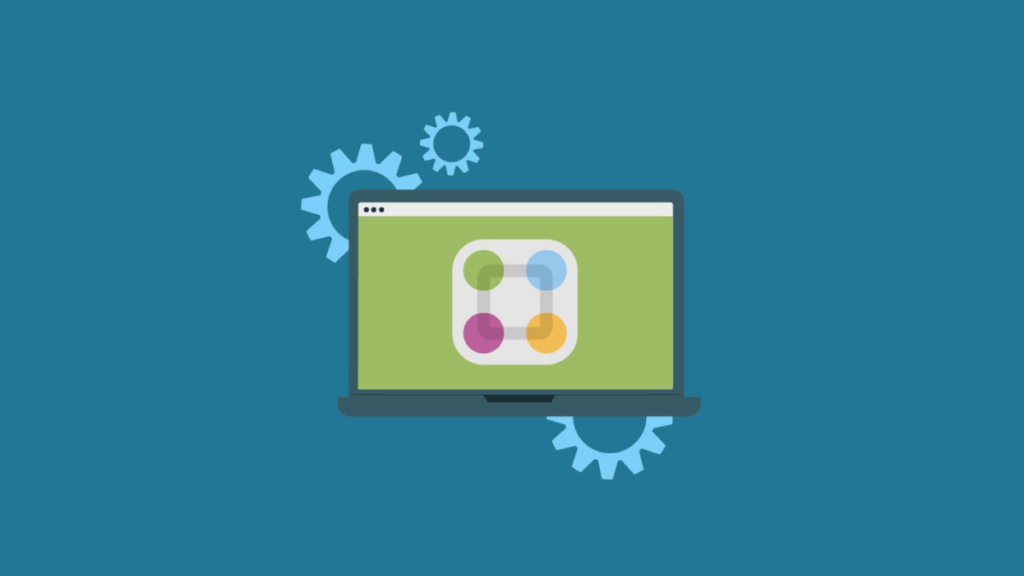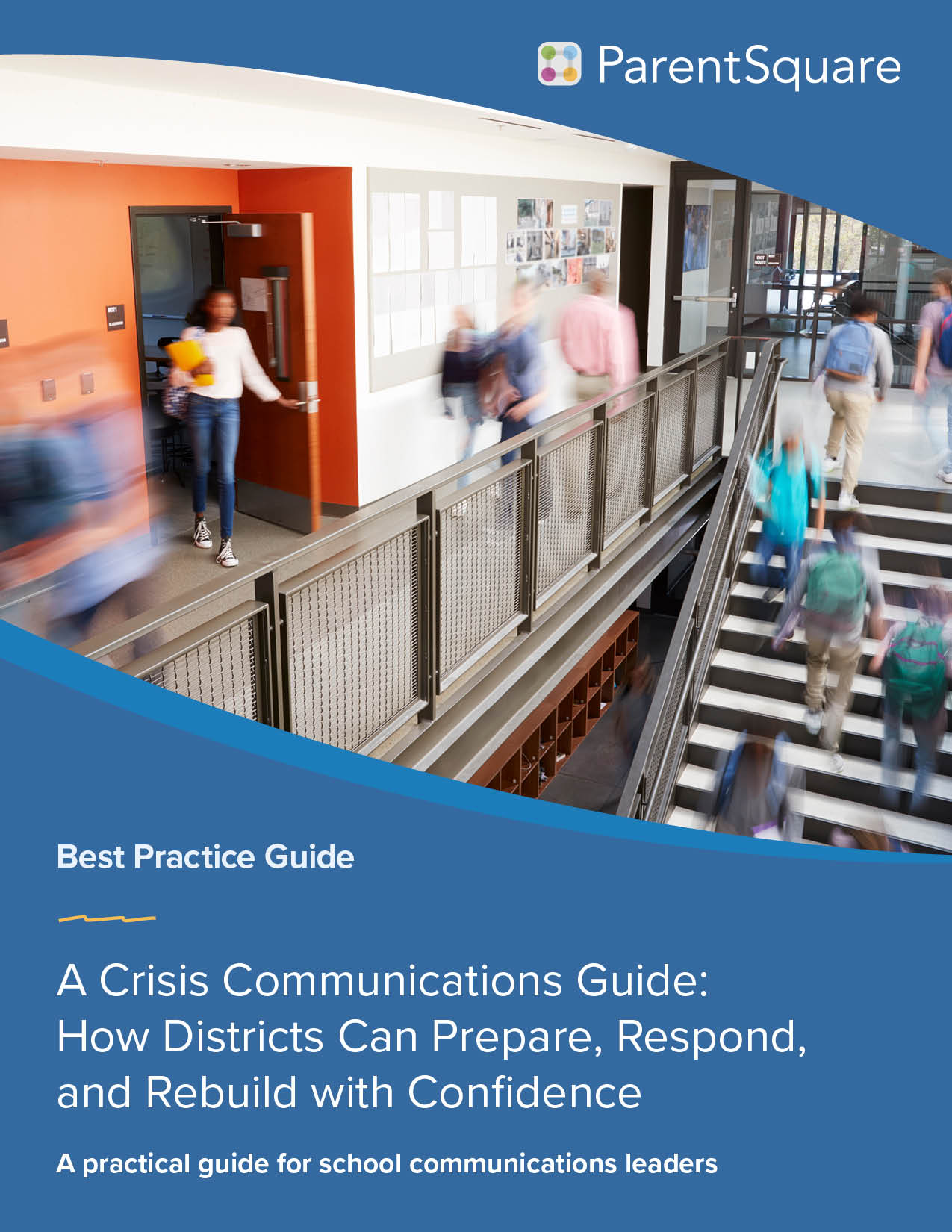
According to the National Center for Education Statistics, U.S. schools are becoming increasingly diverse — making it more important than ever for schools to provide equitable school-home communications.
We recently spoke with Bill Frenzel, a longtime executive and expert in K-12 communications at several leading edtech companies, and ParentSquare’s vice president of channel sales. Bill shared some valuable tips to help districts approach parent engagement with equity in mind so schools can build collaborative relationships with every parent.
Individuals across the country who use ParentSquare already know the benefits of a modern, unified school-home communications platform, and the unique features that can support districts in maintaining equitable communication with families. Here are some of the ways our platform does it:
-
Real-time two-way translation between schools and parents.
ParentSquare offers two-way translation in over 100 languages that automatically translates messages from the sender to the recipient in each parents’ preferred language. Parents are in control of the language in which they receive communications, helping to eliminate the language barrier between schools and families. Messages can also be sent in multiple modes, including SMS messages, emails, and directly through the platform on the mobile app and web.
-
All forms and services are instantly accessible on the platform.
Rather than putting the responsibility of delivering forms, permission slips, payments, or important records home on students, ParentSquare offers parents and guardians access to these forms and services within the platform. This allows parents to securely access and respond to these forms on their own time and enables them to utilize features like two-way translation to address questions about these documents with teachers and staff. Having access to these forms and services takes significant pressure off of parents’ shoulders and makes it easier for them to manage their student’s information, especially when they have multiple children at different schools.
-
Parents decide how and when they receive communications.
To ensure all parents and guardians are being reached, ParentSquare utilizes an “opt-out” practice, which automatically subscribes all parents to communications through the contact information they provide to their student’s school. This removes the extra step of opting-in to each communication parents and guardians want to receive, while still allowing parents to choose their preferred modes of communication. If a parent or guardian wishes to stop receiving communications, they can opt-out at any time (except emergency alerts, which are delivered to all parents/guardians regardless of opt-in status).
-
Powerful reports that detail the reach of communications.
ParentSquare provides data and insights to help districts determine the efficacy and reach of communications sent through the platform, identifying how many families are contactable through different forms of communications like text, email, and app. This snapshot of data helps districts determine the best methods to send school-home communications, offering another way to ensure equitable communication for all families.
5. All communication tools are in one place.
Not all parents and guardians have the same level of ability or skills when it comes to technology. It can be challenging for them to learn and maintain multiple communication tools — especially if they have more than one student. ParentSquare consolidates the need for multiple, disparate communications tools to one, unified platform — making it simple for families to keep up with all of their student’s information through an easy-to-navigate interface.
Every tool in ParentSquare’s unified school-home communication platform is built with equity and ease of use in mind. We hope you found Bill’s insights into the ways ParentSquare can help your district or school support equitable communications valuable. To view the webinar in its entirety, including a live tour of ParentSquare’s tools and abilities, check out the recording here.

